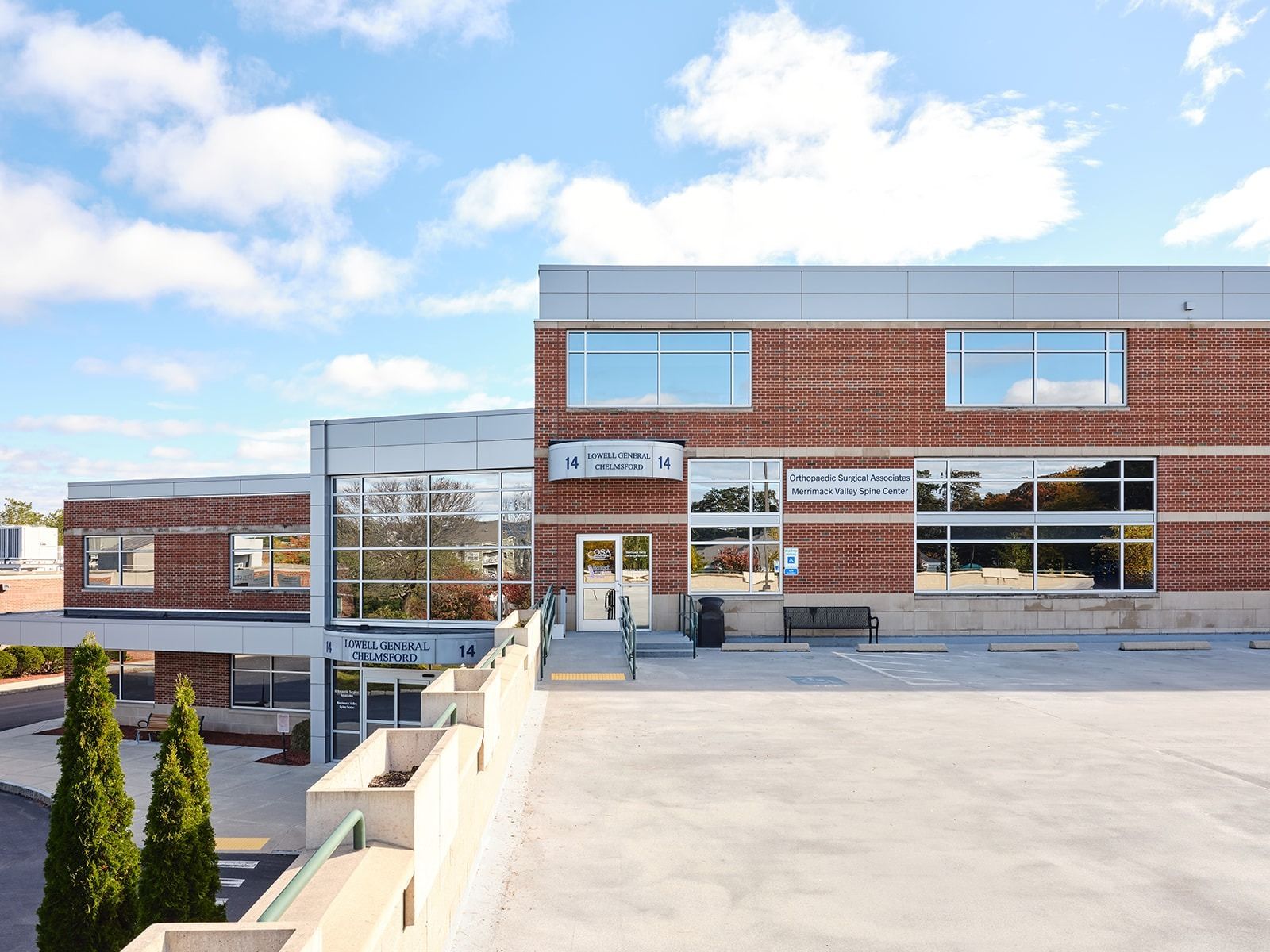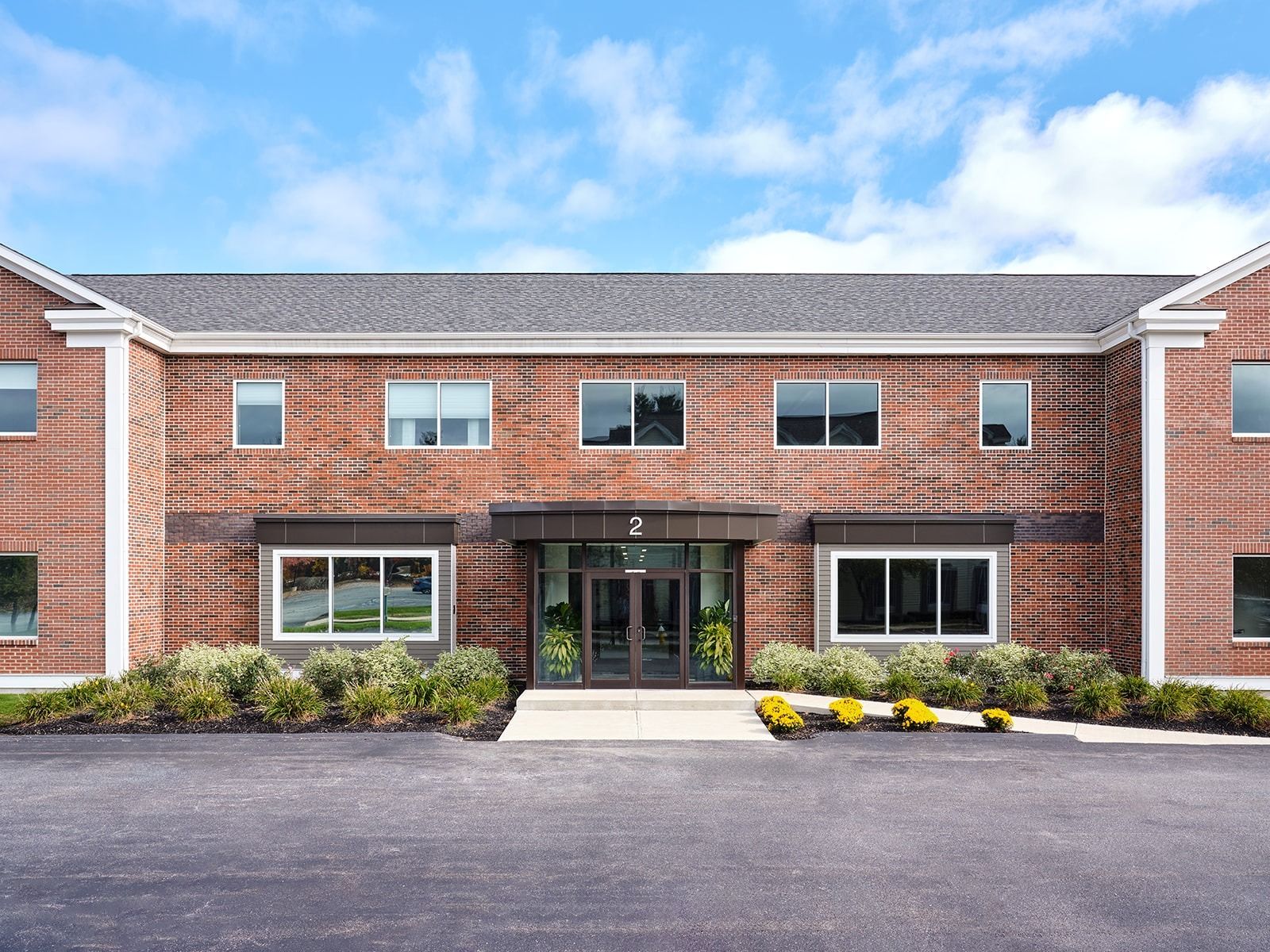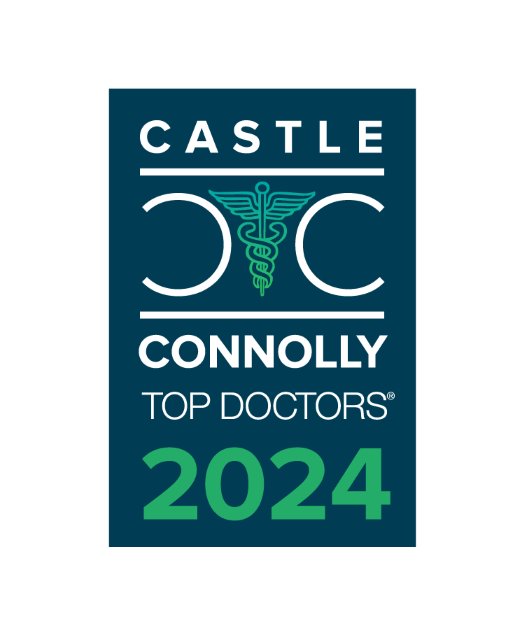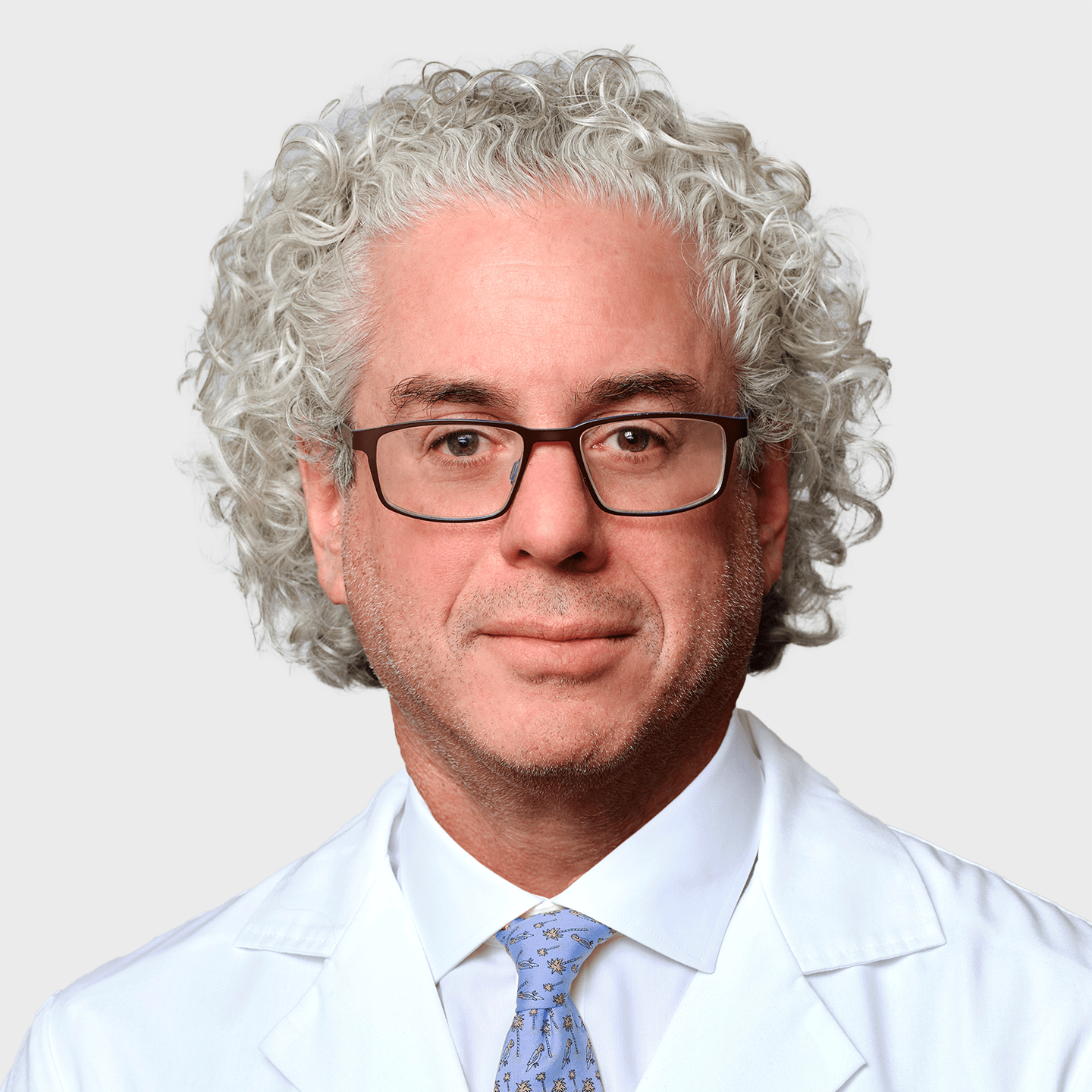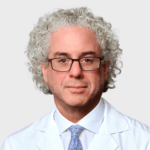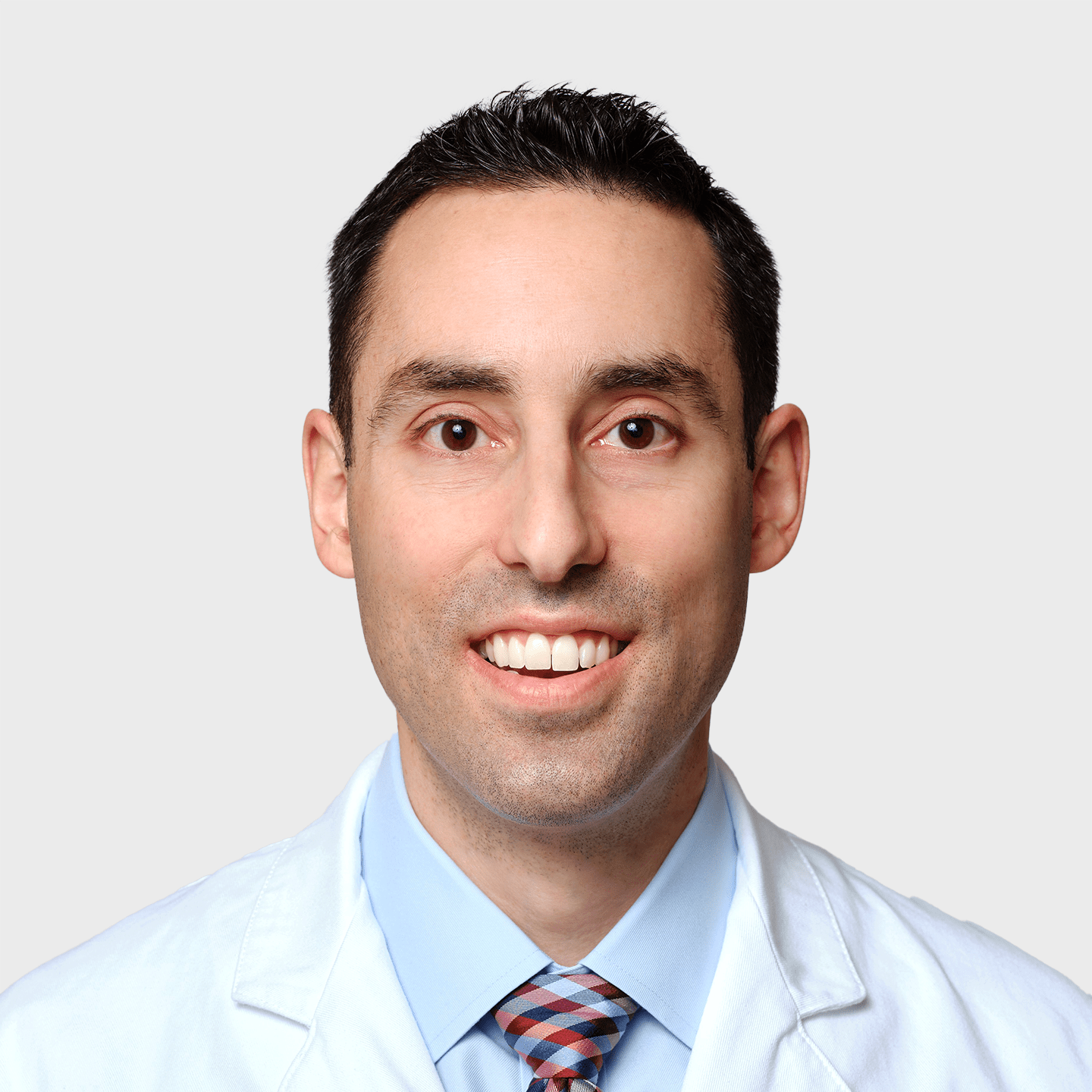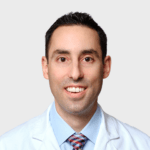Orthopaedic Surgical Associates
Orthopaedic Surgical Associates and Merrimack Spine Center provide fellowship trained orthopedic and spine specialists who deliver excellence in patient treatment and experience. So, skip the drive to Boston. With over 30 years of experience, see one of our sub-specialists that have been trained at the best institutions–right in your own backyard. Take the first step. Orthopaedic Surgical Associates. One step closer to relief.
Every physician at Orthopaedic Surgical Associates is focused on providing the best subspecialty musculoskeletal care
With multiple locations across the region, find the one that is most convenient for you.
Locations
You tell us where it hurts, and we take it from there
What Our Patients Say About Us

